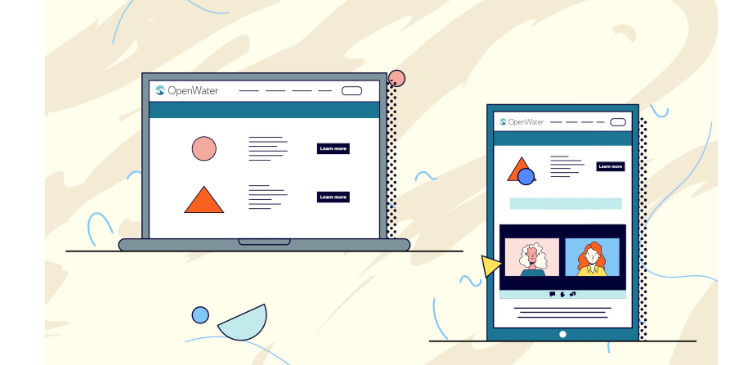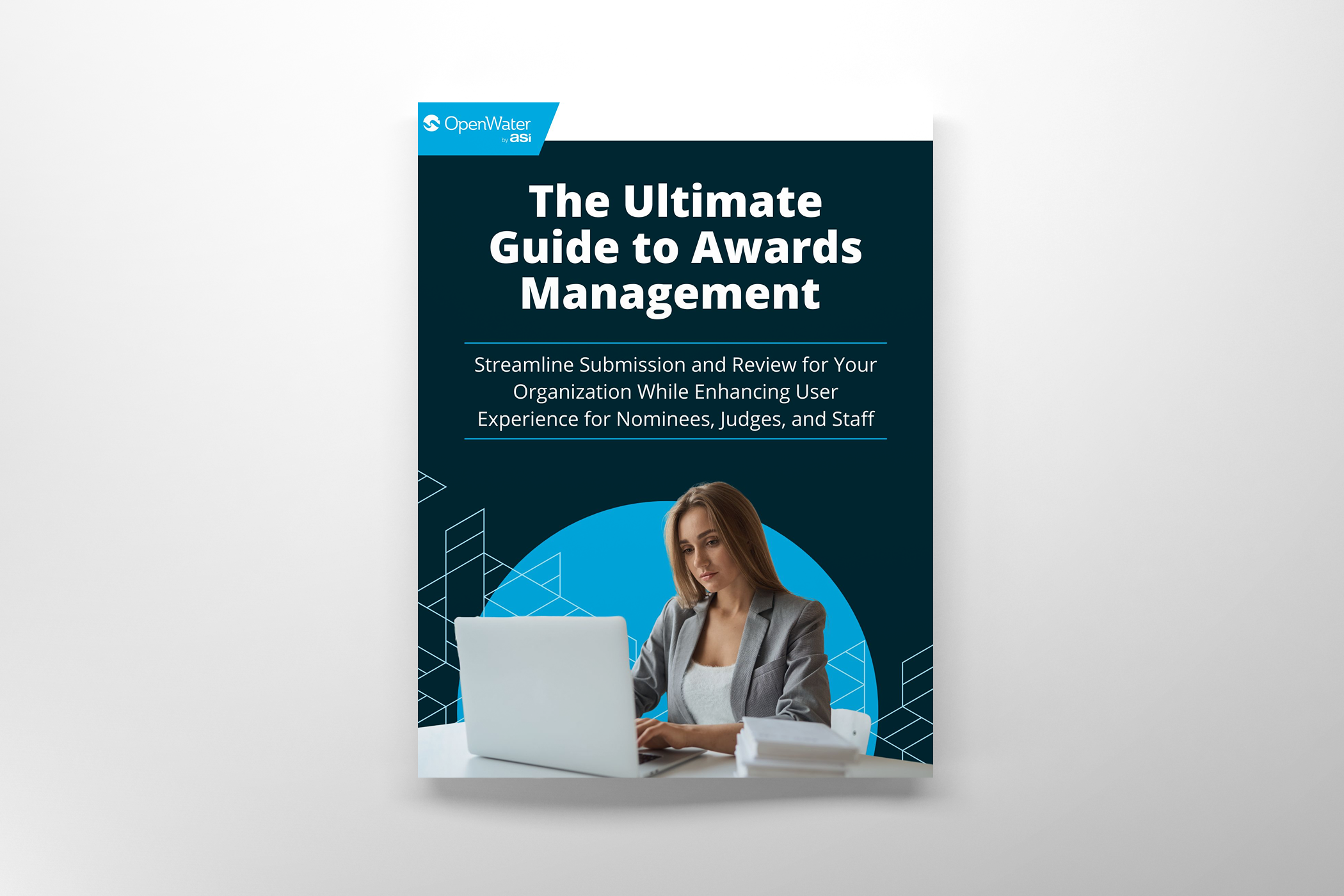
Hybrid Conference Examples for Your 2021 Event
This article is part of an effort to provide your organization with hybrid conference examples in order to take the mystery out of going hybrid.
In 2020, organizations were faced with the challenge of going virtual with their conferences. Now, venues are opening back up. Since having an in-person component to your conference is now a possibility, the new challenge in 2021 is going hybrid with your conference.
Typically, organizations opt for a hybrid conference software for the virtual aspect to their conferences. However, the in-person component to a hybrid conference can vary.
In this article, we’ll provide hybrid event examples and scenarios that organizations face when going hybrid. Also, we’ll answer the basic questions that surround hybrid conferencing right now.
What is a hybrid conference?

Like I said, hybrid events have an in-person conference component (for attendees that are physically at the conference venue) and a virtual conference component (for attendees participating in a remote location).
For the virtual component, organizations will use a virtual conference platform like OpenWater’s. In the conference platform, remote attendees are able to view and join sessions, network with other attendees, browse a presenter poster gallery, and much more.
Basically, your remote audience will use the virtual conference platform to attend your conference. A huge benefit to having a virtual audience is its accessibility. At virtual conferences, we’ve seen audiences grow up to ten times that of a regular in-person conference.
The beauty of hybrid conferencing is that you get the accessibility benefit of hosting a virtual conference. And in addition to that, you get the benefits of hosting an in-person conference.
For the in-person component, participants are free to join sessions in the venue’s conference rooms. Usually, in-person attendees use either a pamphlet or a mobile conference application to keep track of the sessions and any other events at the conference.
If you check out the hybrid conference training page, you’ll see that we typically recommend using a mobile app rather than a pamphlet, just in case there are last minute changes to the conference schedule.
The major benefit of hosting an in-person conference is networking enablement among your attendees. When the world went virtual and in-person conferencing went away, proper networking went away with it.
Hybrid Conference Examples

About a month ago, OpenWater CTO Kunal Johar experimented with three separate conference scenarios that associations often face when going hybrid with their events.
Below, I’ll give you a brief idea of each example scenario just to give you some hybrid conference examples for reference. If you want to dive into this a little deeper, visit our hybrid resource page or download our free guide, Go Hybrid Without Blowing Your Budget.
Scenario 1 is a hybrid conference session in which there is a speaker presenting slides in front of an in-person audience. The slides of the presentation are projected on a screen for the audience and the audio comes from a PA system at the venue. On the other hand, virtual conference goers attending remotely are attending the session through a tool like Zoom and seeing the slideshow presentation on their screens and hearing the presenter speak.
Scenario 2 is the same setup as scenario 1, but what’s different is that there is a camera on the speaker that is being broadcasted through the conference platform for remote attendees. So, virtual conference attendees see the presentation slides, hear the presenter’s audio, AND can see the presenter.
Scenario 3 happens when a remote speaker joins live and virtually presents their own slides to the in-person and virtual audiences at the same time. At the in-person venue, the live audience sees the virtual presenter and their slides projected on the screen. At the same time, remote attendees are seeing the same thing as the in-person attendees on their own personal computers.
Conclusion
Going hybrid is a safe choice for organizations looking to have an event in 2021. It’s difficult to navigate, which is why we put together a series of videos, guides, and blog posts to help organizations along the way. Of course, we believe that if you put your mind to it, you can run a successful hybrid conference no matter what your budget restrictions are.
Hybrid conferencing is still new to many organizations. Also, it is a commitment of time, energy, and training. However, OpenWater offers a hybrid service that can help you every step of the way. To learn more, request a demo, and one of our representatives will be happy to schedule a time to meet.
